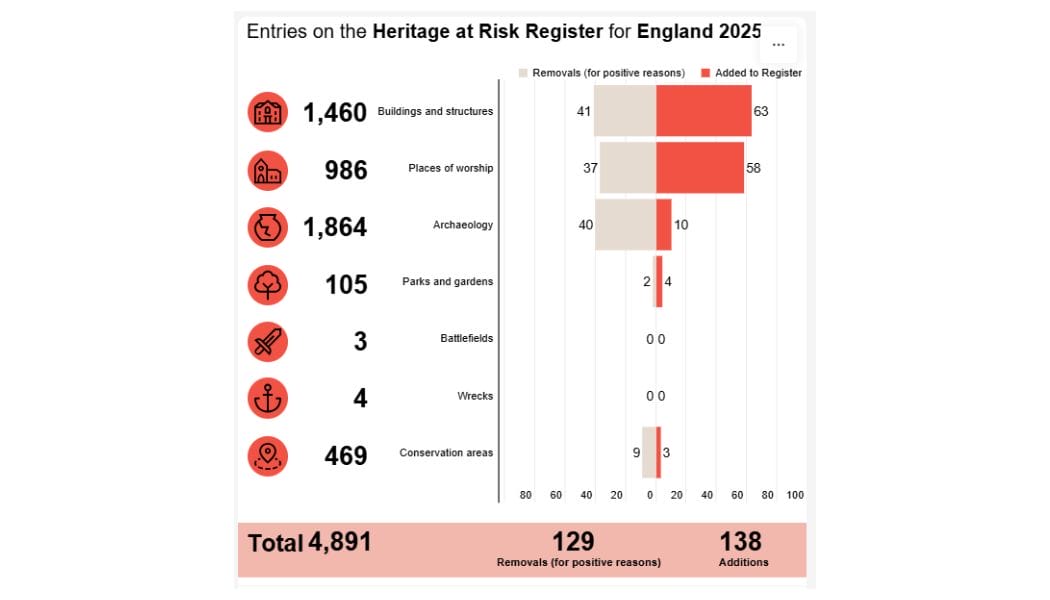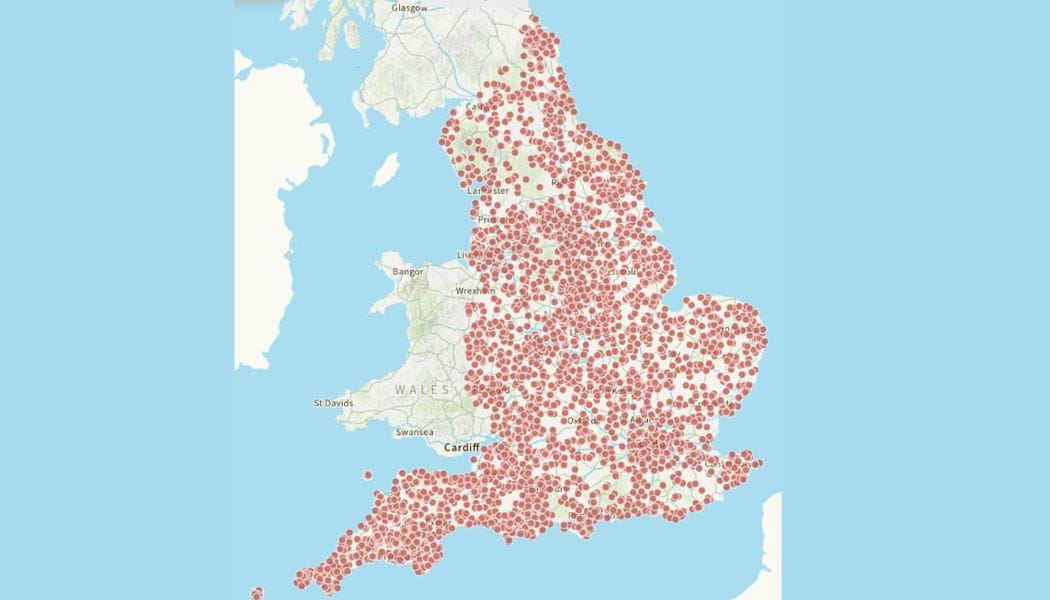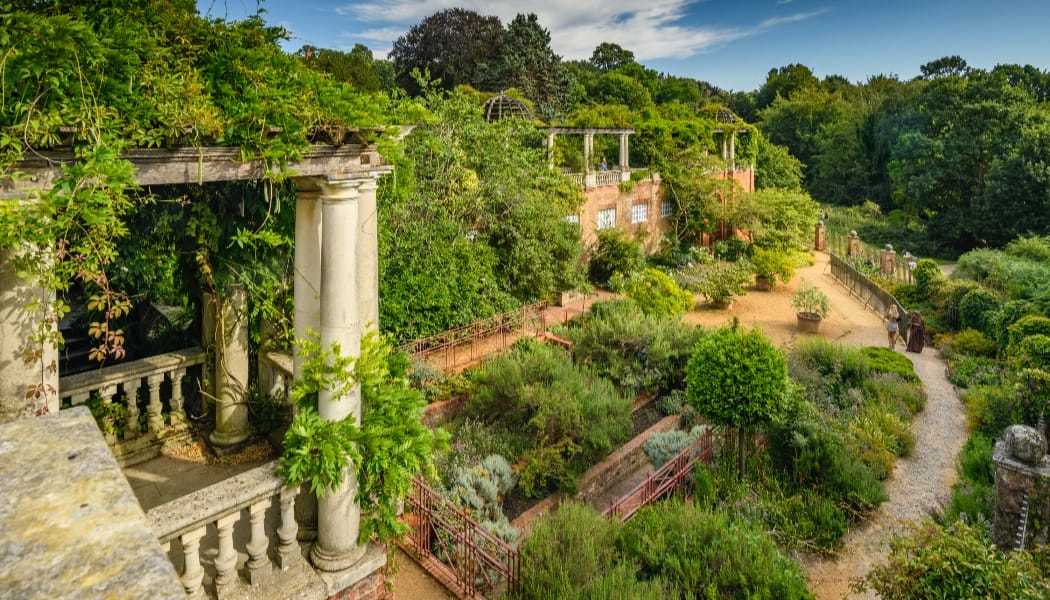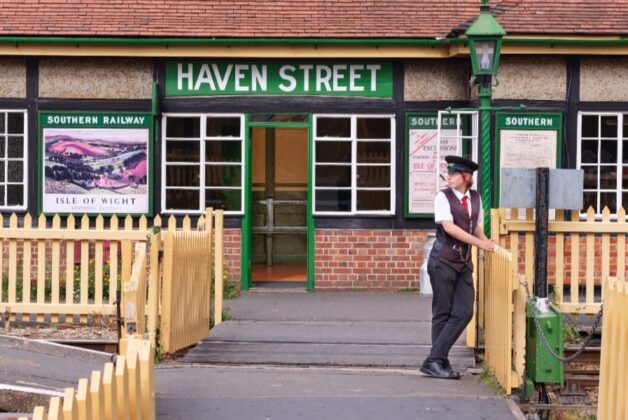Alistair Hardaker
Image: The Hill Garden Pergola, Hampstead Heath Grade II listed © Historic England Archive
Edwardian toilets in Tottenham and North Pennines smelting mill among 129 sites removed from register.
Historic England annualHeritage at Risk Register 2025 has been revealed, showing an increase in heritage buildings and structures.
The Register gives an annual snapshot of England’s historic buildings and places which are currently at risk of neglect, decay or inappropriate change, alongside those no longer deemed as such.
This year’s report sees a growth in heritage buildings and structures at risk. It reports 1,460 buildings and structures at risk, up from 1,442 in 2024.
Alongside buildings and structures, the register lists places of worship, archaeology, battlefields, wrecks, and conservation areas.
A total of 138 sites have been added to the register in 2025, and 129 sites removed, now no longer deemed at risk.
In 2025, the Heritage at Risk Register includes 1,460 Buildings or Structures (Grade I and II* listed buildings and structural scheduled monuments across England, plus Grade II listed buildings in London), 986 places of worship, 1,864 Archaeology entries (non-structural scheduled monuments), 105 parks and gardens, 3 battlefields, 4 protected wreck sites and 469 conservation areas.

Sites saved and removed from the register include Edwardian public toilets near Bruce Grove station in Tottenham; Augill Smelting Mill in the North Pennines National Landscape; and Rockingham Kiln near Rotherham.
Sites added to the Heritage at Risk Register 2025 include the Hill Garden Pergola on Hampstead Heath in London; the birthplace of vaccination known as Dr Jenner’s Hut in Gloucestershire and Cromford Mills in Derbyshire.

Its annual report shows Historic England spent £7.4m in grants for support and repairs to 123 sites on the Heritage at Risk Register during 2024/2025.

Claudia Kenyatta CBE and Emma Squire CBE, Co-CEOs of Historic England, said: “The best way to protect our buildings is to reuse them, turning them into places of local connection and joy.
“The sites that have been saved and have come off the Register this year really highlight the benefits of working together in partnership, and with communities, to create positive, sustainable change. Together we can safeguard our heritage for future generations.”
Heritage Minister Baroness Twycross said: ““It is fantastic to see so many historical sites saved for communities up and down the country. These are much loved places and it is great to see them being brought back into use.”





